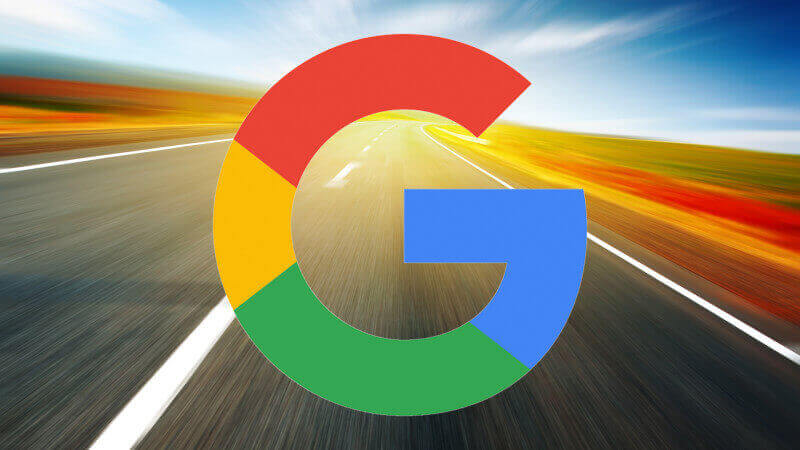
In part 1 of this blog, we discussed how Google’s advertising service, Google Ads, works, and how to determine if it’s a platform you should be using. Part 2 will outline the steps required to begin marketing on this powerful platform.
NB: This is an article from WebRezPro
Getting Started
Set up account >> To begin, navigate to the Google Ads site, and click the ‘Start Now’ call-to-action button. You’ll need to enter your email address and website URL. You can create a new Google account, or use one you already have.
Creating a Campaign
Identify a budget >> When starting a new Google Ads campaign, you’ll first need to identify how much you want to spend in the “Your budget” section. You’ll need to choose your currency and the average amount you wish to spend PER DAY. This value can always be adjusted later as you analyze the success of the campaign.
Select audience by location >> This feature allows you to choose to display your ads to customers from a specific location. You can identify your audience by country, region, city, or even neighborhood. For example, if a local airline just announced a direct flight to your city from somewhere else in the country, you might want to create a campaign that specifically targets that area.
Create custom audiences >> If you’re creating a display ad, you can create custom audiences based on affinity and intent. The feature allows you to enter keywords and URLs that correlate with your target demographic, allowing the system to display ads to users most likely to have an interest in your property.
Select a network >> This is where you identify what type of ad you want to create. For ads that appear in search results, choose Google Search Network. For advertisements that appear in web banners, within apps, or on YouTube, select Google Display Network.
Choose your keywords >> Next, you need to choose the terms that you want your ad to appear in the search results for. For phrases, you can choose to show up in searches containing those words in any order (called a modified broad match), containing those words in order (phrase match), or an exact match only. In addition to things like “Accommodation in X,” you should consider bidding on branded keywords as well (i.e. search terms containing your property name). This might seem unnecessary, but they’ll be cheap, and it will stop competitors from redirecting users looking for your hotel.
Place a bid >> When you’re setting up your maximum cost-per-click bid, you have two options. You can allow Google Ads to automatically manage your bid (by adjusting your CPC to get the maximum number of clicks while staying within your budget) or set the maximum manually.
Write your ad >> For the search network you’ll need to create a text ad. It should include a title and description that are closely related to your keywords. This will signal to the user that you’re offering exactly what they are looking for. You’ll need to enter the landing URL for the ad, which should take users to a landing page specific to their search query (linking to a generic homepage is not a good idea).
Use ad extensions >> There are a number of extensions available for your ad. Location extensions can be used to provide extra business details, call and message extensions enable guests to contact your business directly from your ad, site-link extensions can provide links to multiple different landing pages, call-out extensions offer you more space for text, and structured snippets let you create headers and lists within your ad.
Set up tracking >> Conversion tracking allows you to understand how people are interacting with your ad. You’ll want to set up tracking for your website, so you’ll know how many clicks are leading to a booking. This will require you to set up a conversion action in Google Ads and then copy the tracking tag onto the page of your website associated with a completed conversion (i.e. a ‘Thank you for booking’ page).
Set up billing >> Before you can start advertising, you’ll need to set up billing. Automatic billing will be taken every 30 days, or when you reach your designated budget. You may also make manual payments as desired.
Google Ads is a powerful service with the potential to offer huge ROI—if you’re using it appropriately. Make sure you’re always analyzing the performance of campaigns and adjusting them as necessary. Good luck!



